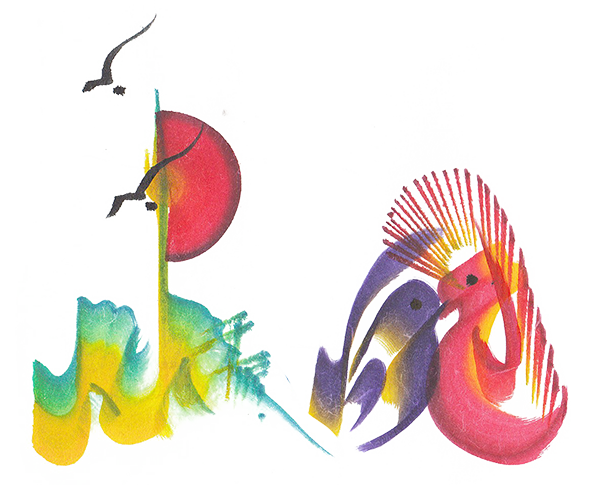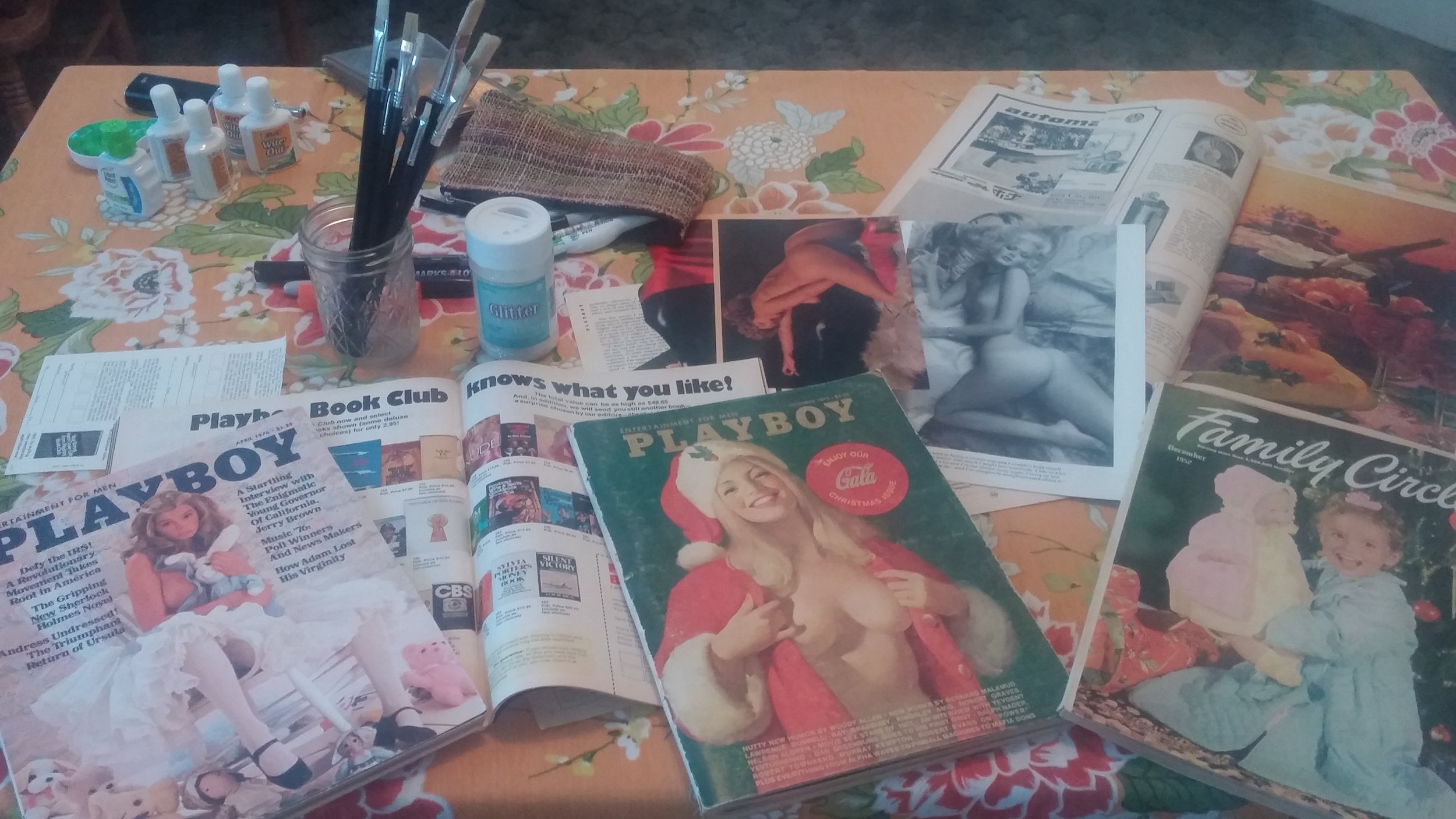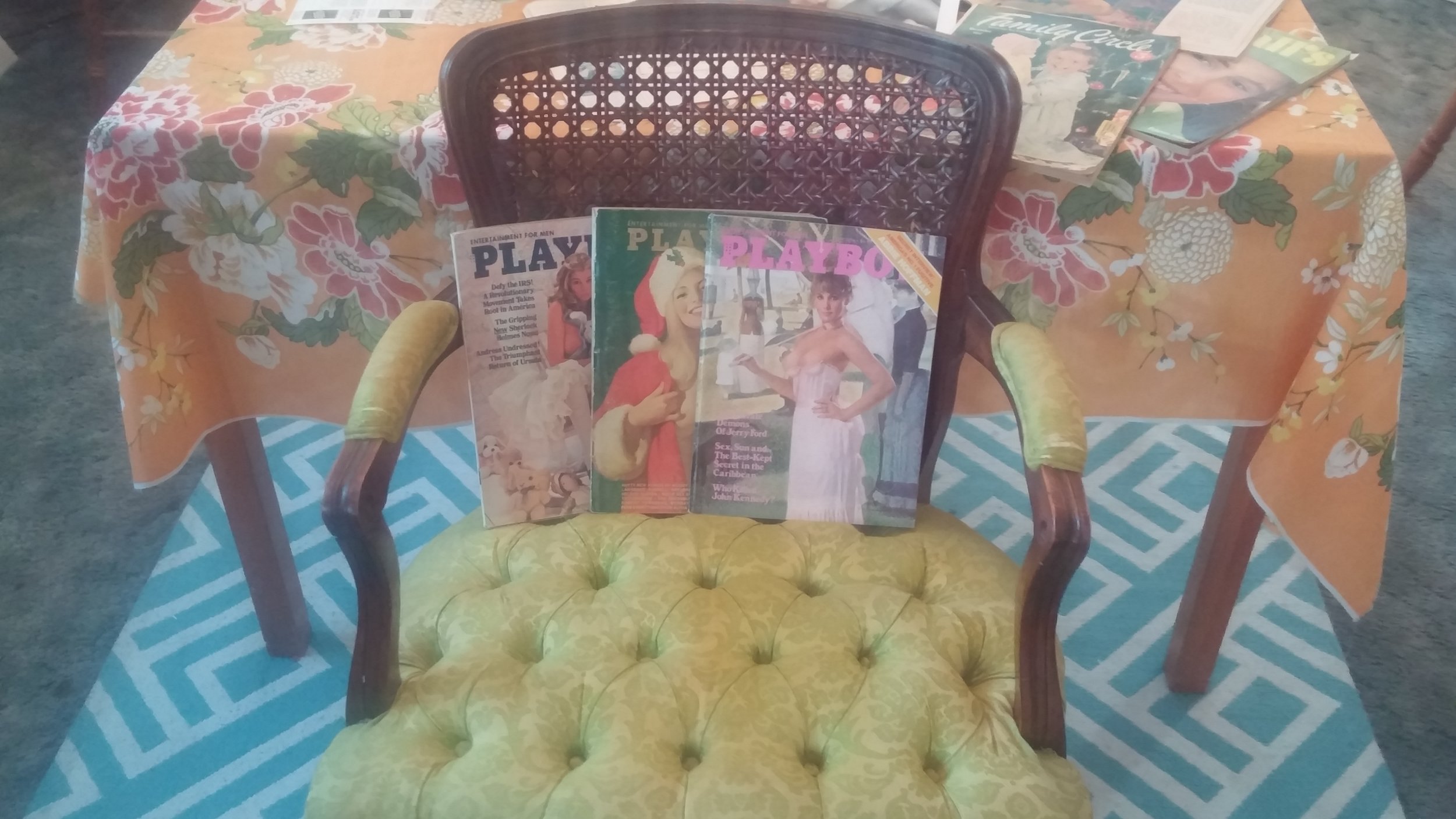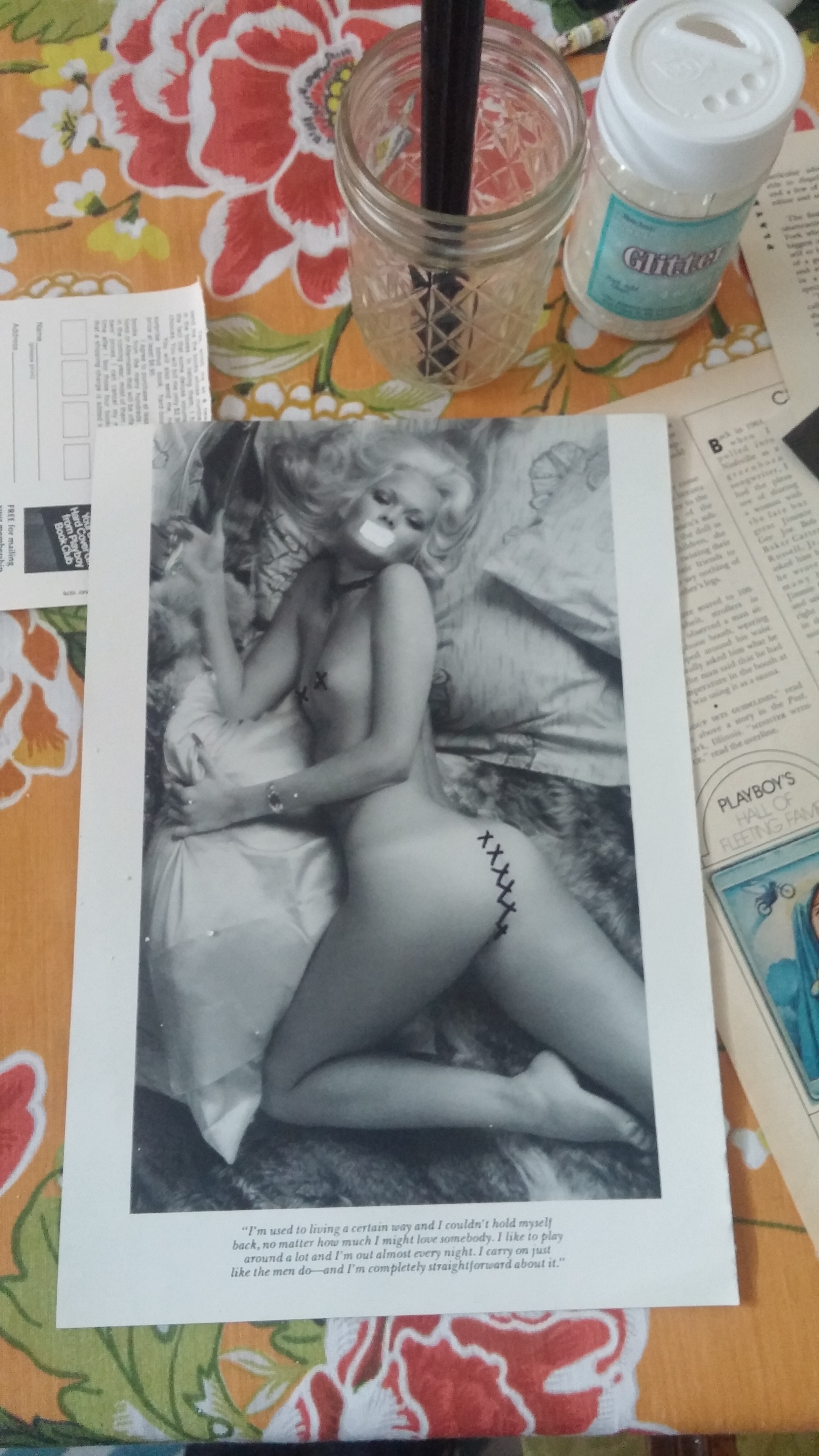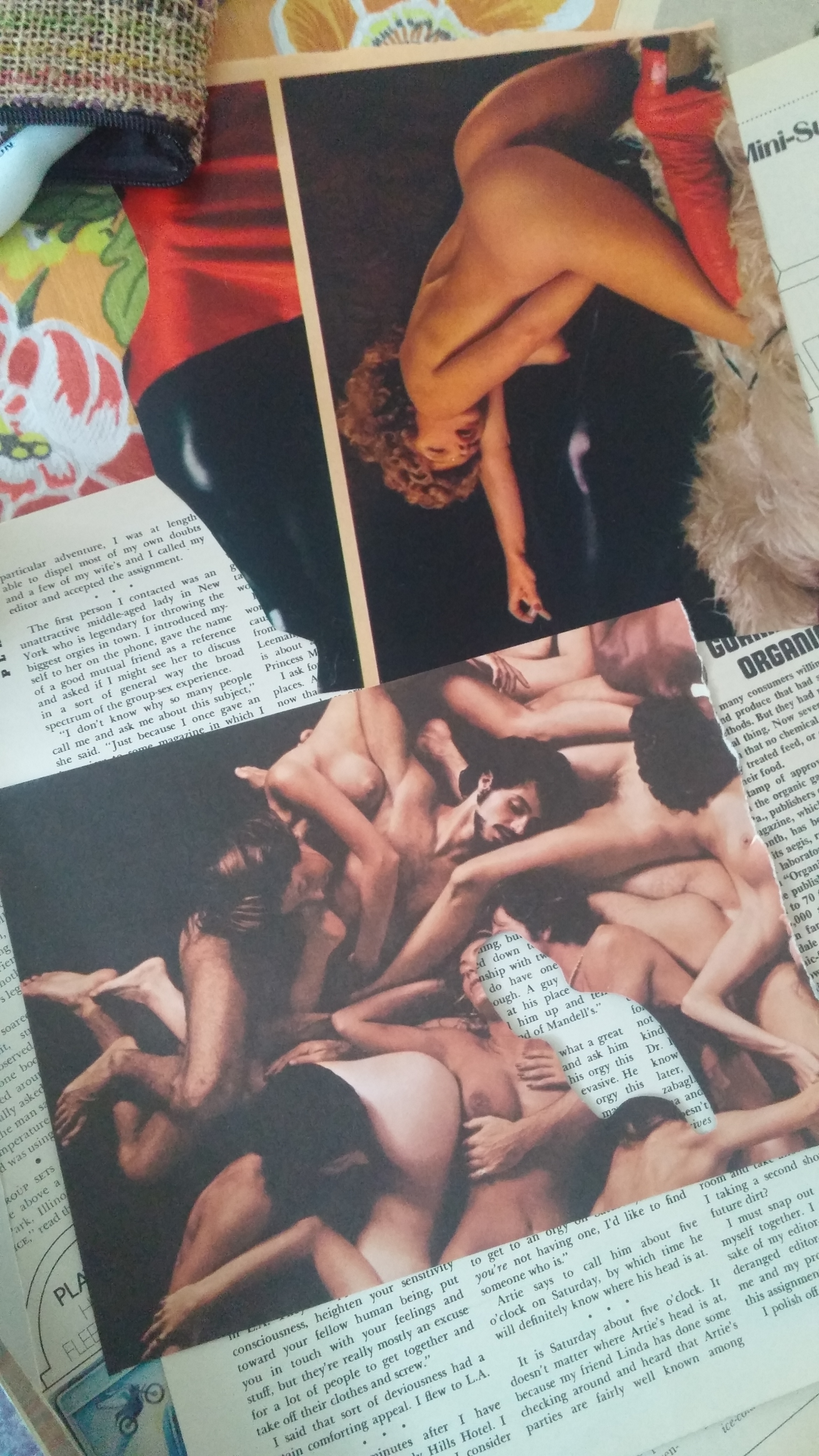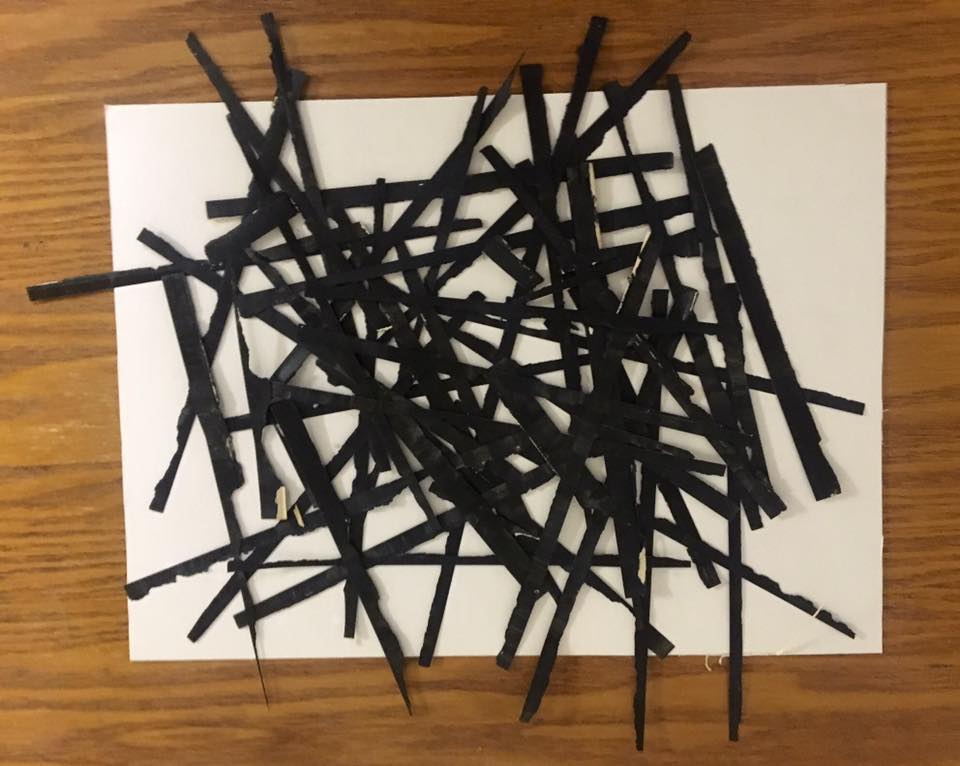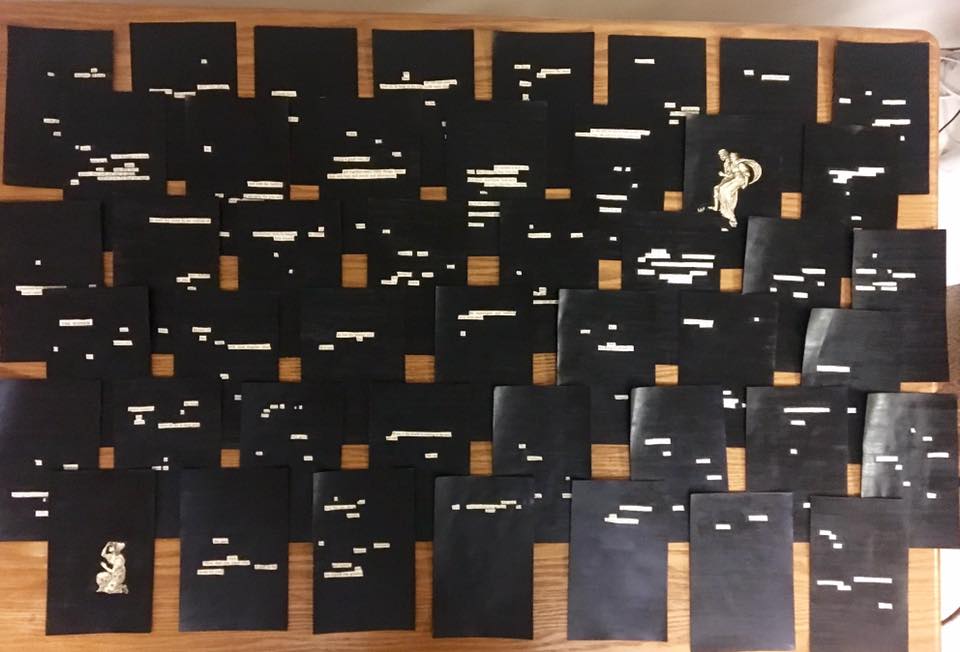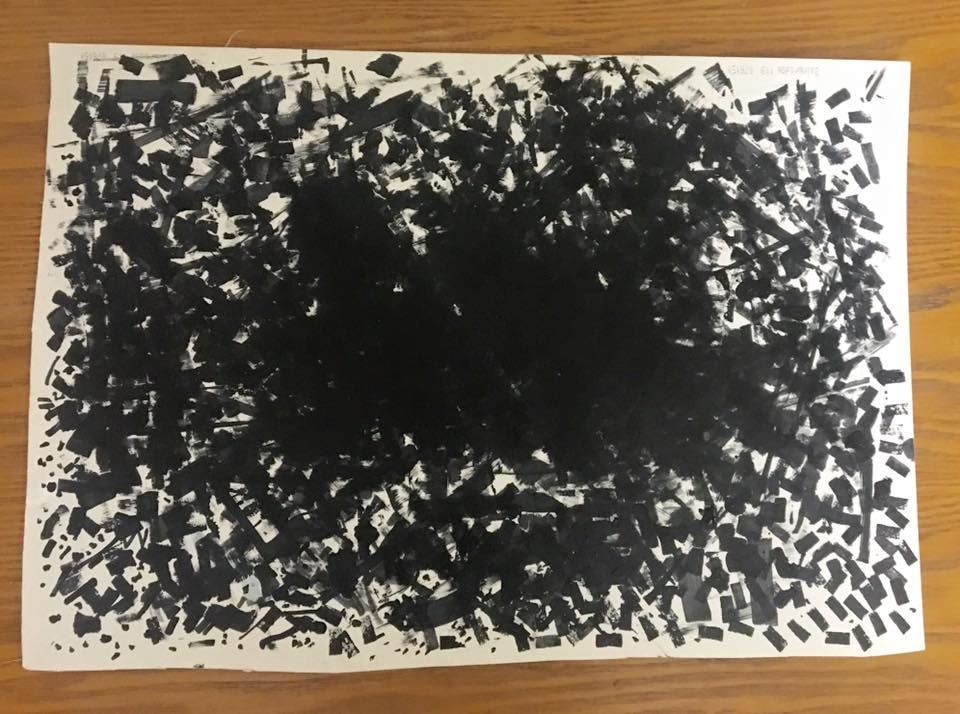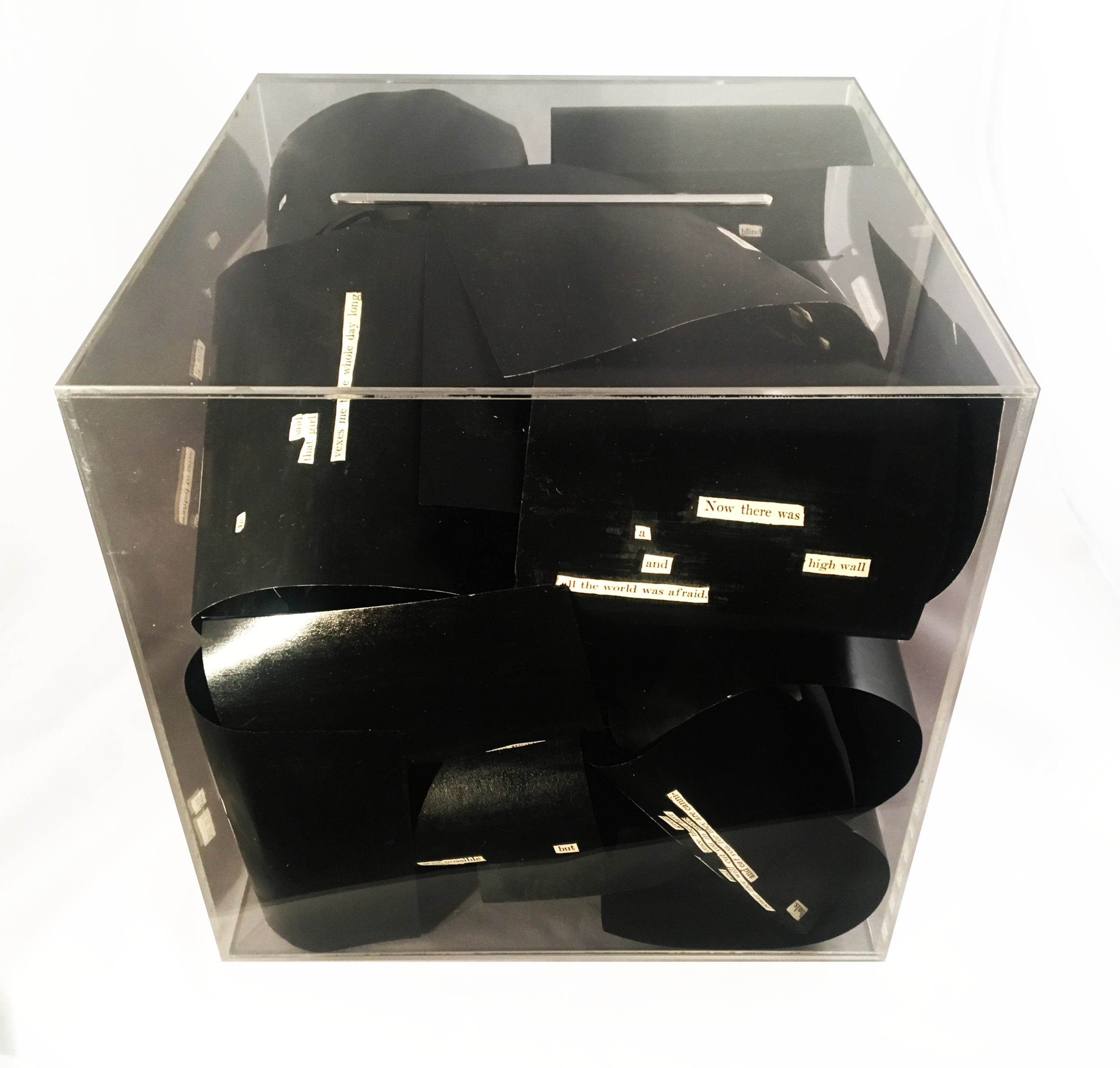ERASURE SERIES
“Everything stated or expressed by a person is a note in the margin of a completely erased text.”
“An erasure is the creation of a new text by disappearing the old text that surrounds it. I don’t consider the pages to be poems, but I do think of them as poetry, especially in sequence and taken as a whole; when I finish an erasure book I feel I have written a book of poetry without a single poem in it, and that appeals to me.”
“We imbue books with such personality and individuality that it’s nearly impossible to picture them as the mass-produced objects that they are. Try this: look at your bookshelves. Now ask yourself: aside from autographed editions and owner-introduced variations like marginalia or food stains or dog-eared pages, how many of these books are truly unique objects? How many hundreds — more likely, thousands — of copies of each of these books exist out there in the world? Perhaps this is why autographed copies of books and author readings are such an important part of literary culture: they help to imbue the object with its totemic individuality.”
Poets who participate in the Erasure Series are sent one book whose copyright exists in the public domain (usually found in thrift and used book stores) and whose pages do not exceed 100. The poet erases the book in its entirety, turning it into a singular work of visual writing. Poets erase their Erasure Series works in any manner they choose.
ERASURE SERIES I
PLEASE JOIN US ON APRIL 9TH AT OPEN BOOKS FOR A SUNDAY AFTERNOON ERASURE SERIES RECEPTION ! ERASURE POET CATHERINE BRESNER AND MOUNT ANALOGUE PUBLISHER COLLEEN LOUISE BARRY WILL BE SPINNING SOME RECORDS AND ANSWERING ANY QUESTIONS ABOUT / SELLING THESE INCREDIBLE ART BOOKS/POEMS/PROJECTS.
EACH BOOK IS PLACED IN A HAND-MADE POLYCARBONATE BOX, WITH A PSYCHEDELIC PAIR OF GLOVES. THE BOOK-WORKS ARE TO BE READ WHILE WEARING THE GLOVES, BY STICKING YOUR HANDS IN THE VARIOUS BOXES' HOLES !
EVERYDAY EROS
BY CATHERINE BRESNER
ABOUT THIS ERASURE
“I never read the work I erase, at least not completely. But in this case, it was hard to ignore; every sentence was an imperative! As it happens, “Everyday Manners” was written by a headmistress of a South Philadelphia academy for girls. For this project, I considered the book’s topic of manners alongside my invisibility as a bisexual woman. The book’s language reminded me of how my stepmother considered putting us girls in a finishing class when we were young so that we could learn how to be “good girls”. I thought about all that, and then I thought about how pretty soon I won’t be able to afford my IUD, and how I won’t even be able to get one at a Planned Parenthood, and how I should’ve really kept my legs and mouth shut and gone to that finishing class if I am expected to live in America nowadays. I thought about all that, and then I thought, how can I defile this book into something beautiful? That’s when I pulled out my porn, glitter, and scissors. And I scissored the shit out of it. ”
ARTIST STATEMENT / CATHERINE BRESNER
“Bresner is the raging id of the South Philadelphia High School for Girls in 1923, unleashed on the page. She has glued photographs of topless women riding horses and drawn giant phalluses over passages. She transforms the charm-school manners lectures into declarations of freedom: “Outsiders judge you / more than they / help.” She frees the individual from the crushing expectations of others: “with a stranger / you / may secretly feel / ashamed / Never allow any feeling of awkwardness to keep you from doing what you know to be correct.”
ERoS is a book that is exorcising itself. A reader can’t help but imagine the faculty of the high school tut-tutting their way through this Sharpied text, with Bresner’s illustrations of gushing vaginas and charges to “allow your curiosity to lead you” and “give / oral,” above a cartoon of two women in a science-fiction sex rig fellating a man as their own erogenous zones are plugged with what one assumes to be suction devices. It’s a bawdy, sexy explosion of hormones and enthusiasm and empowerment.”
ORIGINAL BOOK : EVERYDAY MANNERS BY THE FACULTY OF THE SOUTH PHILADELPHIA HIGH SCHOOL FOR GIRLS
- Publisher: Macmillan
- Publication Date: 1923
- Binding: Hardcover
- Found in 1923 "Wisconsin Library Bulletin" book review:
ERASURE IN PROCESS IMAGES BY CATHERINE BRESNER
Catherine Bresner is the author of the chapbook The Merriam Webster Series. Her poems have appeared in Gulf Coast, The Offing, Heavy Feather Review, Passages North, H_NGM_N, Handsome, City Arts and elsewhere. She was a fellow at The Juniper Summer Writing Institute, and a recipient of The Poctaligo Poetry Prize and the Joan Grayson Poetry Prize. Currently, she works as a publicity assistant for Wave Books, is the Managing Editor for BOAAT Press, and is the Production Editor for Kirkus Reviews. www.catherinebresner.com
MAR
BY CAROLINE CREW
ABOUT THIS ERASURE
“The original novel, Marie, follows the “heroine” as she marries a man she is initially afraid of and is “tamed by him.” The husband thinks Marie is a heathen, as she plays the violin. I loved this about her, and her music was beautiful. Removing the violin and giving Marie a voice as MAR was an act of violence, but also an act of agency // kill your darlings // don’t let men kill you. ”
“In her notes on the novel supplied by Mount Analogue, Crew calls her act of erasure “an act of violence, but also an act of agency.” In the original novel, Marie is a violinist who is “tamed” by a willful man who believes her music makes her a “heathen.” In Crew’s telling, there is no violin, but also no man. There is just Marie, stripped down to Mar, given her own free choice between heaven and hell.
While Bresner joyfully tears apart her book and reconstructs it as an act of liberation, Crew finds the heart of her book and exposes it to the world. It’s as though you’re listening to an orchestral piece and every instrument is silenced save one soloist. In that one isolated instrument, you can hear the heart of the piece and the themes of the larger piece. It’s a single voice, amplified and clarified.”
ORIGINAL BOOK : MARIE BY LAURA E. RICHARDS
First Edition Hardback
Boston, MA, 1894
Fiction / YA / Girls' Fiction
Laura E. Richards was a well-known writer of "girls' fiction" during her lifetime (1850-1943). Originally published in 1894 and rarely found in print, Marie is a prequel to the other books and stories in the “Melody” series By Laura E. Richards. Most versions of Marie that can be found are incomplete (now including this copy).
ERASURE IN-PROCESS IMAGES/GIF BY CAROLINE CREW
Caroline Crew is the author of PINK MUSEUM (Big Lucks, 2015), as well as several chapbooks. Her poetry and essays appear in Conjunctions, Salt Hill Journal, and Black Warrior Review, among others. Currently, she is pursuing a PhD at Georgia State University, after earning an MA at the University of Oxford and an MFA at UMass-Amherst. She's online here: caroline-crew.com.
GRIM TALES
BY JENNI B. BAKER
ABOUT THIS ERASURE
“When I originally received the copy of Grim’s Household Tales, I scanned the text, looking for words and phrases that might provide inspiration for the project. Most of the tales featured at least one mention of “the king,” and my original intention was to make this an Elvis book, complete with gold paint and rhinestones. Then the 2016 United States presidential election happened, and suddenly it felt all wrong. I turned again to the book, this time seeking to use its words as catharsis for the emotional devastation I and so many of my friends and family were experiencing. Words like “golden hair,” “tower,” and “red cap” sprung out at me, begging to be woven into a commentary on the election, and all that came before and has resulted since.
To create the work, I blacked out the book’s pages using multiple layers of Liquitex professional acrylic paint, applied consecutively over a series of weeks. The pages were soaked in water to facilitate curling and allowed to dry, then inserted into the acrylic ballot box, which was locked. ”
Project Statement:
We don’t know what we don’t know about the 2016 United States presidential election, but we know that we don’t know. How did he pull it off? Who interfered? And who has the proof? The democracy that we believed to be transparent and accessible is in reality a locked box. We read into media reports, investigations and dossiers to get clarity on these dark deeds, negotiating fragments that serve to both illuminate and obscure the larger story inside.
ORIGINAL BOOK : GRIMM HOUSEHOLD TALES BY THE BROTHERS GRIMM
Publisher: Frederick Warne and Co, London & New York
Publication Date: 1910
Binding: Hardcover
The first ever Fairy Tales of the Brothers Grimm was published in 1812. The Brothers were German nationalists, and their collection of "children's stories" drew much criticism and controversy. The Nazis were fans of their work. These facts make Jenni's ballot box & erasure concept (a critique of the 2016 election and 45) that much more powerful.
JENNI B. BAKER is an experimental poet and literary editor based in Bethesda, MD. Her poetry has appeared in The Journal, Hayden's Ferry Review, DIAGRAM, Washington Square, Lunch Ticket, Whiskey Island, BOAAT and Quarterly West, among other publications. Her chapbook, Comings / Goings, a collection of poems generated by applying Oulipian constrained writing techniques to text from Washington Post articles, debuted in 2015. In her current multi-year project, Erasing Infinite (http://www.erasinginfinite.com), she creates poetry from David Foster Wallace's Infinite Jest, one page at a time. 'Year of Glad,' a classical song cycle based on the Erasing Infinite project by composer Patrick Greene, premiered in Chicago in April 2016.
INK SALE
BY ANDREW S. MCALPINE
ABOUT THIS ERASURE
“The original book, As a Man Thinketh, is a weird relic: an otherworldly self-help manual that feels like it could have been written any time between the 1850s and the 1990s. It focuses a lot on manliness, confidence, and discipline as methods for crafting a worthwhile life, and it loves describing the life of the (honed, masculine) mind in big, melodramatic language. As I was erasing it, I focused on two things. First, I tried to hijack its abstractions and wrestle them down into a set of (partially) coherent images (to varying degrees of success). Second, I tried to subvert its rhetoric of power and discipline, imagining a world where freedom stems from weakness, and where the fragmented, wandering mind topples a focused weapon of self-improvement (to varying degrees of success).”
“In person, this copy of Thinketh is impressive. You can see each line in each brushstroke that McAlpine made as he went through the book. That hand-crafted act — some would call it defacement — lends the book a special power of its own.
It’s impossible not to imagine McAlpine taking a liquid scalpel to the words, and commenting on his own process as he does it: “the / useless / perfection / of / this / process /reveals / racy / elements / shaping / a / harmonious / state.” If a printed book is a closed system, a harmonious state, the artist committing the erasure is tipping that harmony into dischord, upsetting the system in search of something more raw and jagged and personal.”
ORIGINAL BOOK : AS A MAN THINKETH BY JAMES ALLEN
- First Edition
- Publisher: Peter Pauper Press, 1903
- As a Man Thinketh is a literary essay and book by James Allen, based off of a Bible verse from the book of Proverbs and the "responsibility assumption" principle.
- Amazingly strange pop culture presence. For example, the lyrics to the song "Good Thoughts, Bad Thoughts" by Funkadelic are loosely based on this book / in the film Rumble Fish the character 'Motorcycle Boy' is reading pages 36–70 in the kitchen / rapper Gucci Mane cites this book as his inspiration for achieving sobriety and losing weight.
ERASURE IN-PROCESS / IMAGE BY ANDREW S. MCAPLINE
Andrew S. McAlpine is a writer and teacher living in Amherst, Massachusetts. He is a member of both the Connecticut River Valley Poets’ Theater and Xfinity Theater, where he has played demons, henchmen, a werewolf, and Al Roker.
